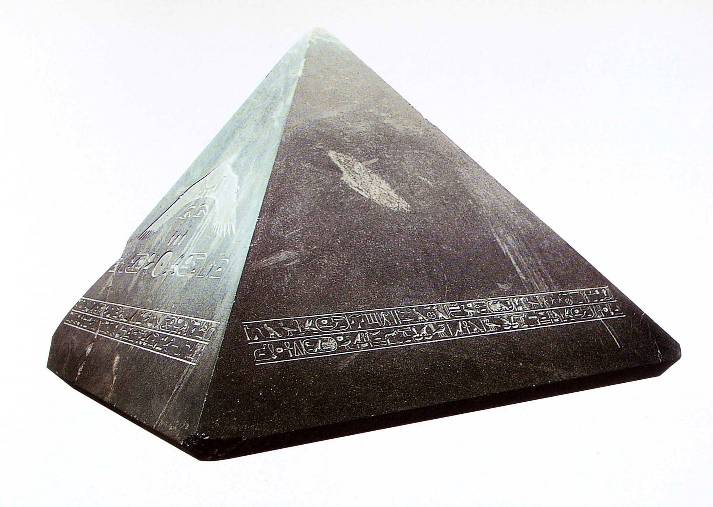
Pyramidion of Amenemhat III
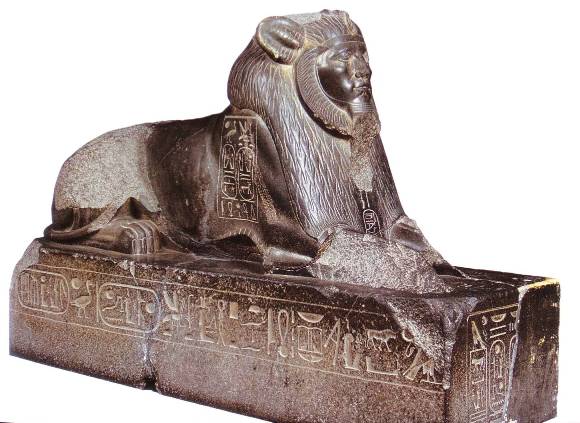
Sphinx of Amenemhat III
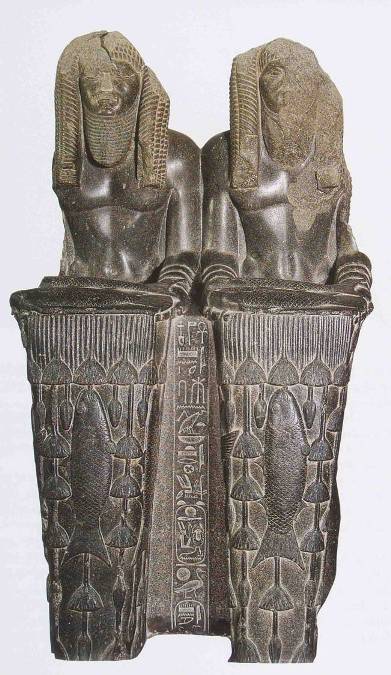
Statue of Amenemhat III
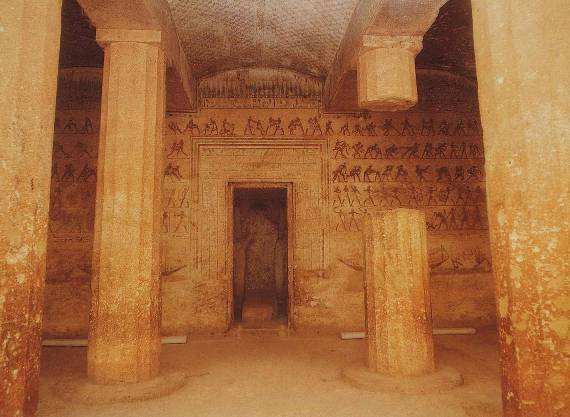
Beni Hasan tomb
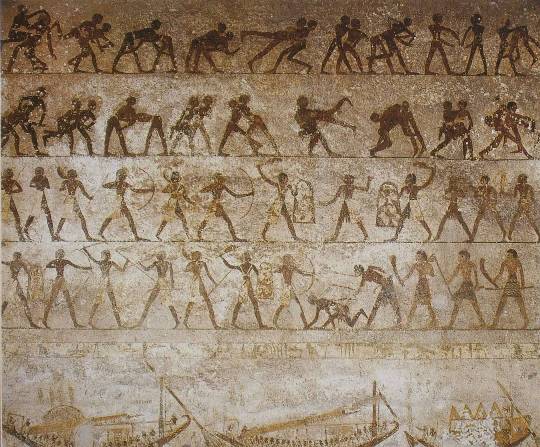
Tomb wall paintings

'Asiatics' at Beni Hasan

Coffin
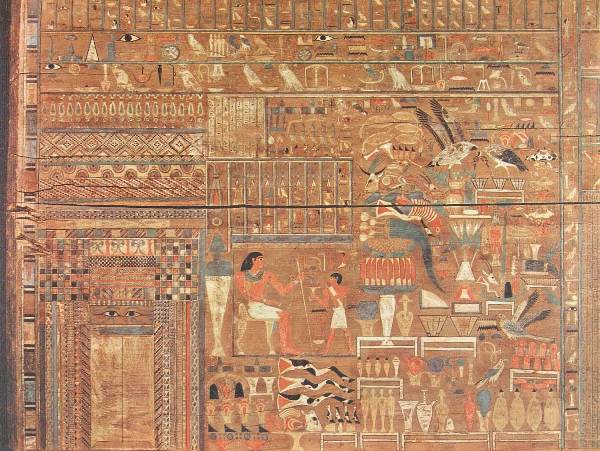
Interior of coffin
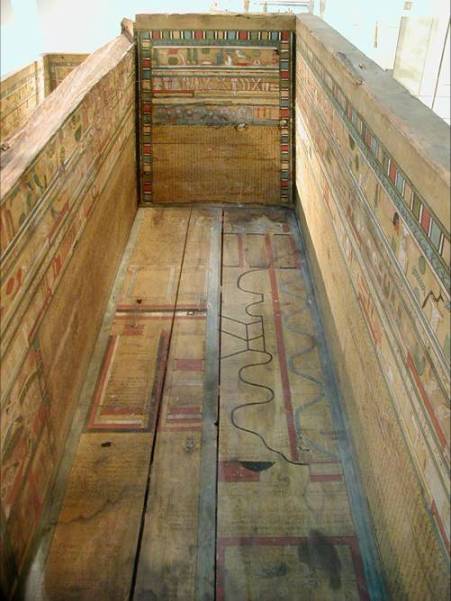
Book of the Two Ways
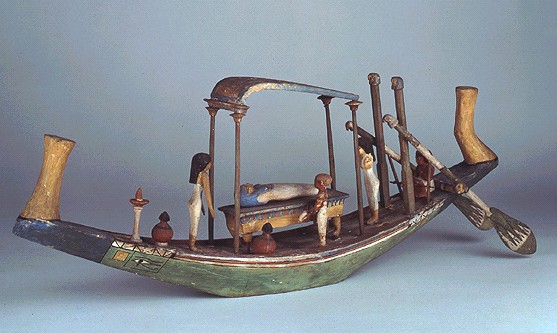
Boat model
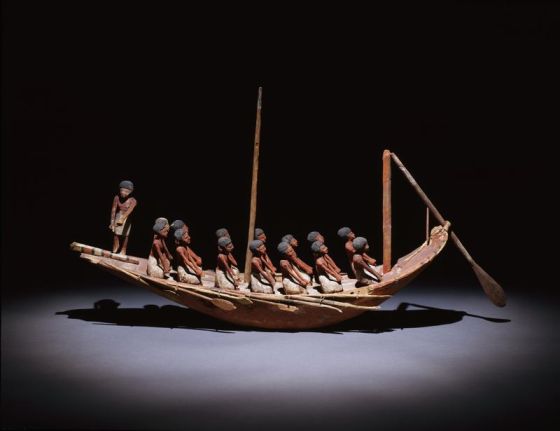
Boat model
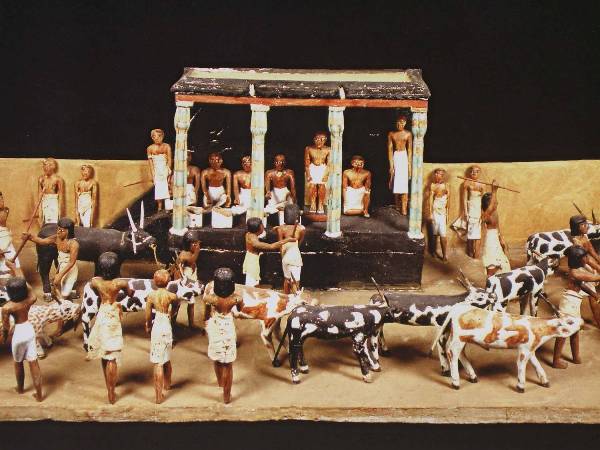
Mekhetre counting cattle
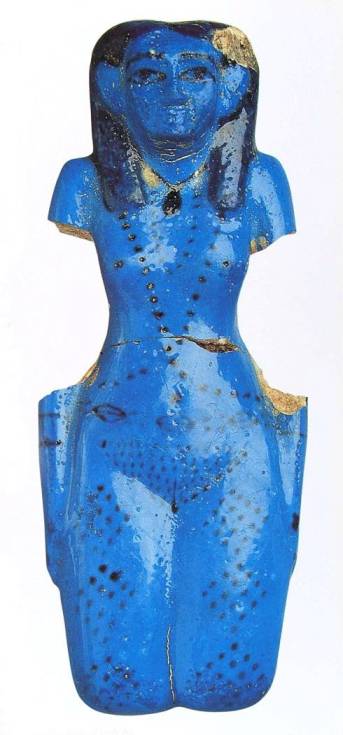
Fertility figurine
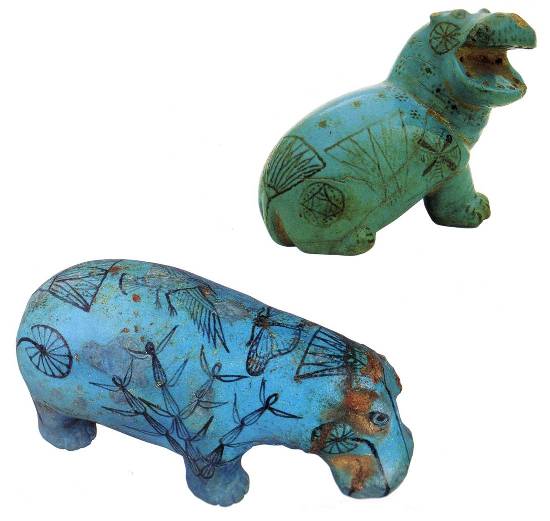
Hippopotami
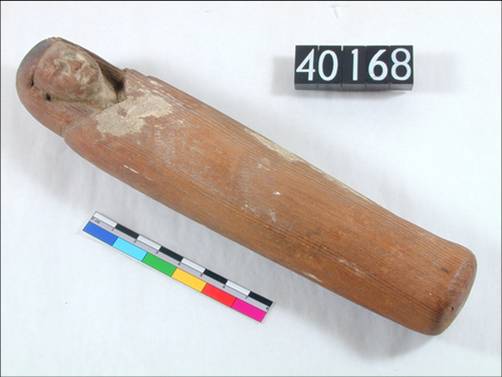
Shabti
The images below were NOT shown in class because we ran out of time. However, they illustrate points we made in class so I wanted to put them up for you!
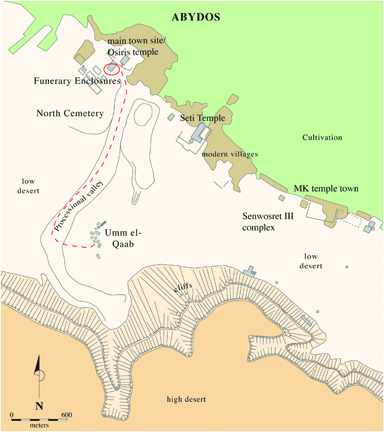
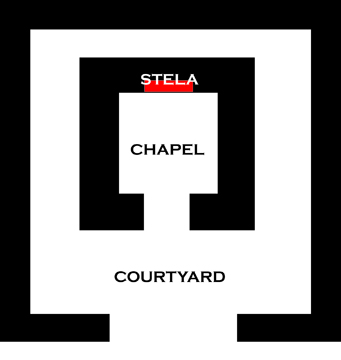
Abydos received increased royal attention in the Middle Kingdom, starting in the reign of Nebhepetre Montuhotep II. It was the location for a tomb built by Senwosret III in the 12th Dynasty, and the all-important Osiris festival defined the site. The festival included a procession which reenacted the death and burial of Osiris, so key to the afterlife of everyone by the Middle Kingdom. The procession went from the Temple of Osiris (in the town site at the edge of the cultivation) into the desert at Umm el-Qaab, where one of the First Dynasty royal tombs was interpreted as the tomb of Osiris and remodeled. The procession went up the wadi of Abydos. The edges of the wadi, particularly nearest the town and Osiris temple, were considered especially auspicious places for private people to place monuments. These chapels (many of which have been discovered) had a simple form and housed a stela; the more complicated ones had an exterior wall and a small courtyard. They allowed the deceased to observe and thus take part in the yearly Osiris festival. While these look basically identical to small offering chapels associated with tombs of the period (at Abydos and elsewhere) there are no tombs here - they could be built by people buried at sites elsewhere in Egypt. This is further evidence of the notion that Abydos was important to all individuals in death, a place to be associated with Osiris and a place your body would ideally take a pilgrimage to. The map on the left shows the route of the procession; on the right is a plan of a mid-sized chapel showing the location of the stela (in red).

An image of a relatively large chapel - they are all mudbrick - at Abydos. The view is towards the high cliffs and Umm el-Qaab.
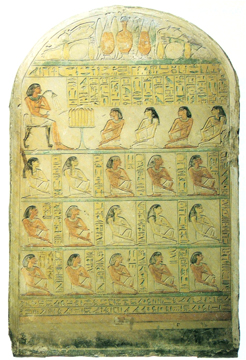
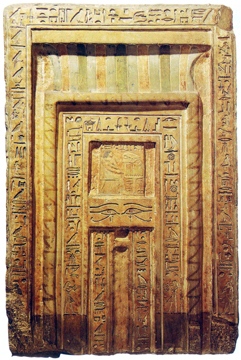
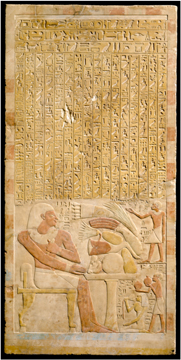
Stelae from the Middle Kingdom, when bought on the art market, are often impossible to assign to any specific location. In particular as people from all over Egypt built chapels with stelae at Abydos, we often cannot even tell if a stela is from such a chapel or from a tomb chapel. The presence of families on stelae becomes common in the MK, and towards the late MK images of gods being adored by the deceased are occasionally present (not pictured).


Statues of the deceased, like stelae, are found in more varied contexts from the Middle Kingdom than was true in the Old Kingdom. While the majority were for graves and still acted as recipients of cult, others were dedicated in temples. Although private individuals likely still had extremely limited access to temples, by placing a statue in the courtyard they could symbolically and in perpetuity take place in religious rituals. Even within tombs the location of statues has shifted. No longer confined to a serdab or the burial shaft, many statues are now visibly the focus of cult in the chapel (we know this chiefly from engaged examples that couldn't be moved; most of the mobile ones were robbed long ago). Some statues are still found in burial chambers next to coffins. The high robe is particular to the Middle Kingdom, and the large ears and heavy wigs are also characteristic of the time.
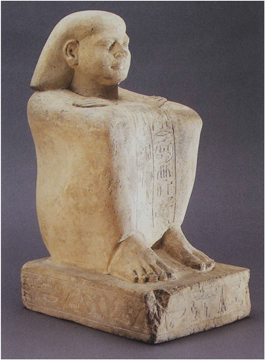
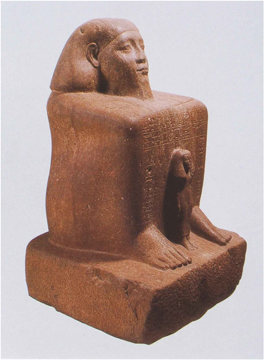
New types of statues also appear in the Middle Kingdom, most notably the block statue. This type could be found in either a tomb or temple (and one is even known from a chapel at Abydos - again these contexts are all related in the Middle Kingdom).
